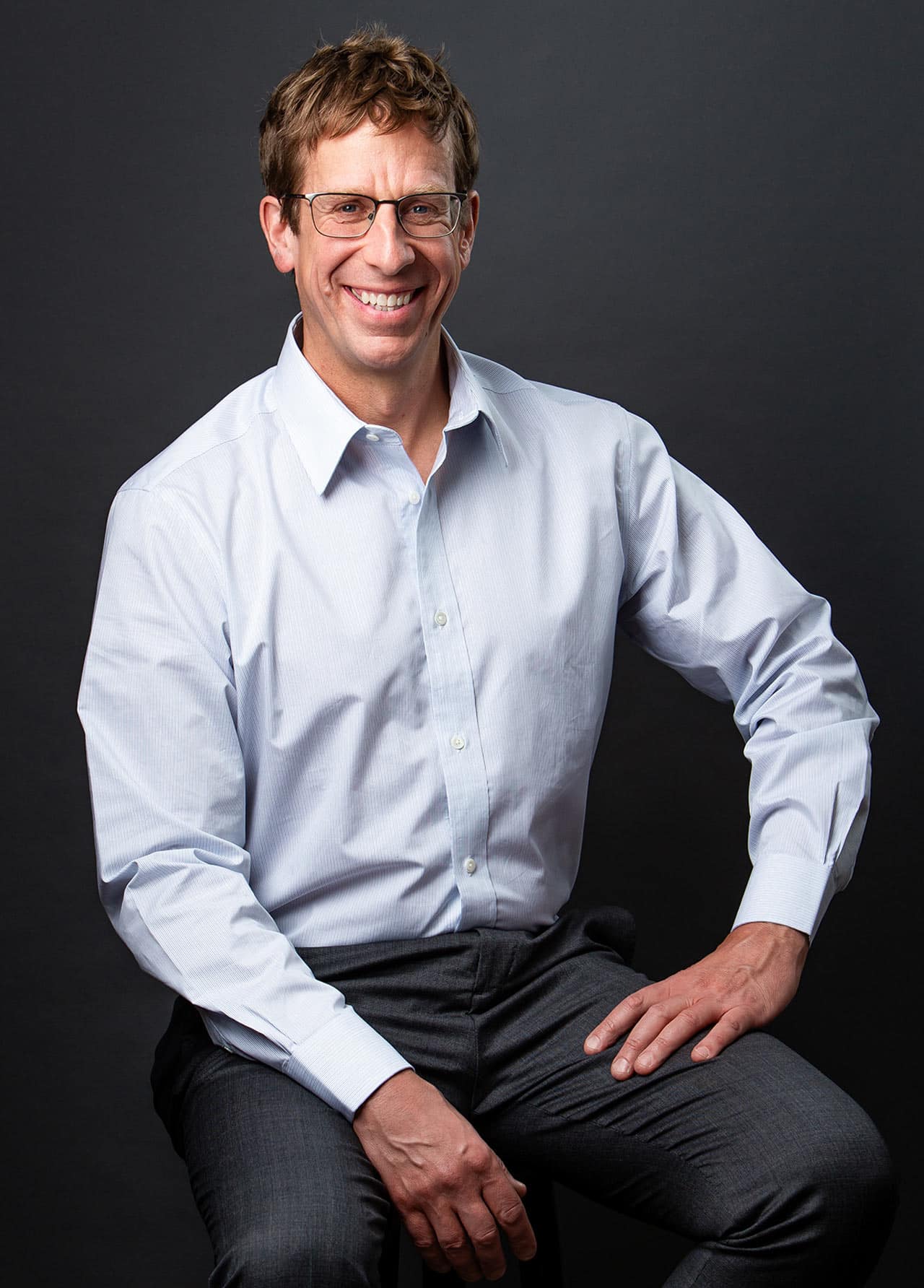Mohs surgery is an advanced technique that ensures complete removal of facial skin cancers while also minimizing tissue loss. The process microscopically maps out the path of your skin cancer with precision while removing cancerous cells in the tissue one layer at a time. With each layer examined, the surrounding areas are checked for cancerous cells until no more cancer cells can be detected.
However, after this complex skin cancer removal, a wound is often left behind. Post-Mohs skin cancer reconstruction surgery facilitates closure and can help improve the look and function of your skin after Mohs surgery.

About the procedure
These are some common procedures used in Moh’s reconstruction: Skin grafts and Flap surgery.
These reconstructive procedure may require a local anaesthetic or a general anaesthetic. It is typical to require additional minor procedures to improve the appearance of the initial reconstruction done after Moh’s surgery.
Skin grafts
A skin graft may be used to close some superficial wounds. This surgical procedure involves taking skin from another part of the body to place on the wound. The place where the skin is removed is called the donor site. Depending on the size and location of the needed skin, several different types of skin grafts may be used.
Flap surgery
Flap surgery involves moving healthy, live tissue from one location of the body to the wound after Moh’s surgery.
There are several different types of flaps that may be used depending on the wound and structures that need to be repaired.
Local flap: This is located next to the wound; the skin remains attached at one end so that the blood supply is left intact. Examples include but are not limited to a nasolabial flap, dorsal nasal flap, bilobed flap, Limberg flap, transposition flap, rotation flap
Regional flap: This uses a section of tissue that is attached by a specific blood vessel. An example of a regional flap is a forehead flap for nasal reconstruction
Microvascular free flap: This involves moving a piece of tissue from one area of the body to another. This piece of tissue might include skin, fat, bone or muscle. This tissue’s blood supply is disconnected and then reconnected at the wound site to keep the tissue alive. Microsurgery is used to reconnect the blood vessels.




